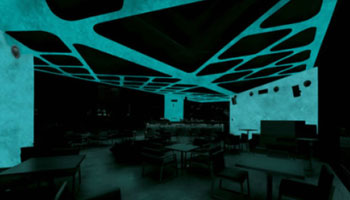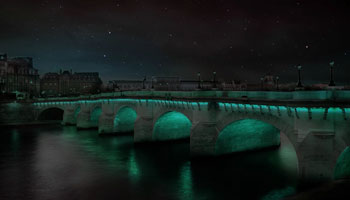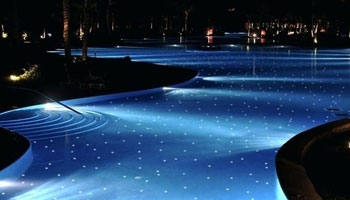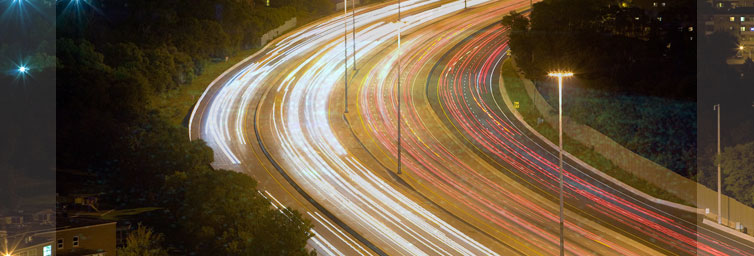Can you ever imagine that your walls will illuminate the room without using any electric power? Have you ever thought that it's easy to drive and walk on the roads in the middle of the night without any street lights? Well, it's time to believe that construction technology has emerged in a way that you have never imagined.
As in search of developing new innovative construction materials which are high-yield and also energy-efficient, Dr.Jose Carlos Rubio Avalos of the UMSNH of Morelia has developed this innovative light-emitting cement.
How it is different from Portland Cement?
The raw materials used for this material are silica, river sand, industrial waste, alkali and water. The process includes the polycondensation of raw materials, performed at room temperature that doesn't require much energy consumption. The chemical reaction between cement dust and water produces a strong and resistant mixture that looks like a gel along with some unwanted crystal flakes.

Cement is a binding material with excellent cohesive properties and possesses an opaque body which does not allow the passage of light penetrate inside the material.
Adding certain additives during manufacturing, scientists modified the optical properties of the material to make it phosphorescent. However, it is manufactured like ordinary cement, but the change in the microscopic structure creates a noncrystalline structure identical to the glass that allows passage of light inside.

The nature of phosphorescent materials is they absorb energy from the sun, in indoors from lights or lamps, and later they emit light in dark hours. As the material energises every day with ultraviolet rays, the cement will be able to glow for 12 hours even on cloudy days.
Where can I use this material?
This more energy-efficient material allows architects to save on electricity costs. It can be used to light up the footpaths, swimming pools, interior rooms, and roadways, etc. During day times, the roadways or footpaths adsorb solar energy and light up the path in the night times.

It acts as a light source in the places where scarcity of power is there like roadways in the forest or in some remote areas where there is no availability of power. You can use this material in buildings, especially in bathrooms and garden paths.
It is currently available in two colours- blue and green, and the intensity of light can be adjusted during the making process.

Is it Green Material?
Yes, it is environmentally friendly because the gel is made out of sand, dust, clay and water. The material has an estimated life span of 100 years because of the inorganic nature of the cement components. This new material is sun-resistant and more durable compared with other phosphorescent materials like plastics or paints, which decay with UV rays in the long run.

The waste produced during the process is very less and helps in reducing energy consumptions shaping for a better future.
The innovations of technologies to the next level don't stop in the construction industry. Scientists and Researchers are developing more reliable and eco-friendly construction products to make the lives of future generations easier.
Check Out: Cool Bricks - To Keep your Buildings Cool
Technically Reviewed by Rajesh Pagadala, MS, Founder & CEO - BuildersMart. Written by Vani paspula, Content Manager.



















Tony
posted on Feb 20, 2021 6:28:18 PM